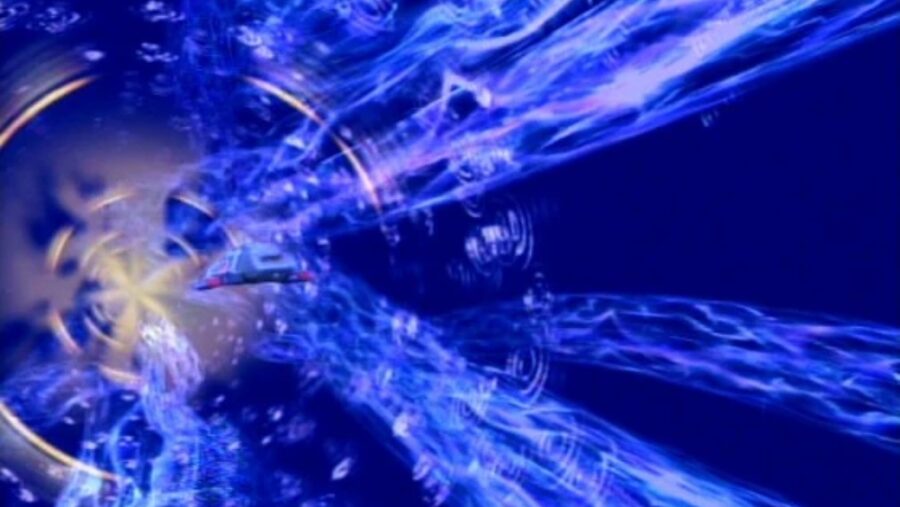Scientists Discover Way To Use Wormholes For Intergalactic Travel
Researchers at the University of Bristol have theorized that wormholes can be used as exchange-free computers, essentially turning them into quantum-powered supercomputers that transcend time and space.

The stuff of science fiction movies like Interstellar or the MCU’s Doctor Strange in the Multiverse of Madness is coming closer to reality. According to Vice, scientists are looking into creating a supercomputer that would allow them to send information through wormholes, opening the doorway to possible forms of intergalactic travel.
The article largely cites the work of quantum physicist and honorary research fellow at the University of Bristol’s Quantum Engineering Technology Labs Hatim Salih. Salih proposes creating a next-level “exchange-free” quantum computer using existing technologies and components that would enable scientists to manufacture wormholes using the process of counterportation. Salih believes it could be built “within the next three to four years,” meaning the first experiments involving wormholes could happen within this decade.
Not to be confused with the phenomena of worms falling from the sky as was recently recorded in Beijing, Wormholes are hypothetical structures that can connect two points in spacetime and have long been a topic of fascination for scientists and science fiction aficionados alike. They are hypothetical because nobody has been able to create one in a laboratory or even identify one in real life. Unlike the quantum physics of movies like Ant-Man and the Wasp: Quantumania, scientists have the tools to experiment with wormhole-creation technology in the next few years.
Salih’s proposed experimentation hinges on using counterportation to send information through wormholes from one point in spacetime to another. Counterporation is a portmanteau of the phrases “counterfactual communication” and “transportation” and is the term Salih uses to explain some of the processes behind sending information through wormholes and the backbone behind exchange-free computing.
Counterportation is a way to send information between two points without exchanging any particles. The concept behind this is analogous to this scenario: if someone asks me to raise my hand if I’d like to participate in class and I don’t raise my hand, that signals to the asker that I may not want to participate, all without me having to exert any energy or exchange any verbal communication. In effect, my lack of communication is itself a form of counterfactual communication, or communicating without sending information.

Scientists have been working on a similar process called quantum transportation which involves the entanglement of two objects to copy and redisburse them through space or wormholes. Counterportation is similar to quantum teleportation but without the entanglement, which would result in the kind of teleportation we’re familiar with, where one object vanishes in one place and reappears in another without being scrambled, destroyed, or reconstructed.
The concept of an exchange-free quantum computer hinges on counterportation and a shift in how scientists think about computing: instead of focusing on faster computation, an exchange-free computer would focus on computing without exchanging particles via inputs, which would allow for computations that traditional quantum computing doesn’t. This would be done through the exchange of quibits, which are quantum bits of information that work similarly to binary bits used by current computers. This kind of computing would be the key to creating wormholes and the first step in figuring out some of the mysteries behind intergalactic travel.
This project engages serious questions about physics and the ethics of experimentation. If scientists are able to, in fact, send information from one side of a wormhole to another through the use of counterportation, what would come next? Although terrifying and reminiscent of the start of some horrific science experiment gone wrong, this kind of experimentation could provide key insight into how we understand physics and the universe as we perceive it.












